15 Superb Seal Facts
Everyone loves seals - they're cute, cuddly and curious! But there's so much more to know about seals than that! Find out with these 15 superb seal facts!
Seals are some of the most interesting animals in the world! Living half on land, half in water, they are master hunters and able to learn cool tricks! We've put together 15 amazing seal facts so you can find out even more about these fluffy sea pups! Find out where they live, how they're able to sleep underwater, and even the unexpected animal they're related to! And if you enjoyed this, there's good news! We've got loads more sea animal facts! How about some cool polar bear facts? Or how about some amazing whale facts? You might even fancy these fun fish facts! And don't forget to check out loads more awesome animal facts on our facts page!
1. Seals are Mammals
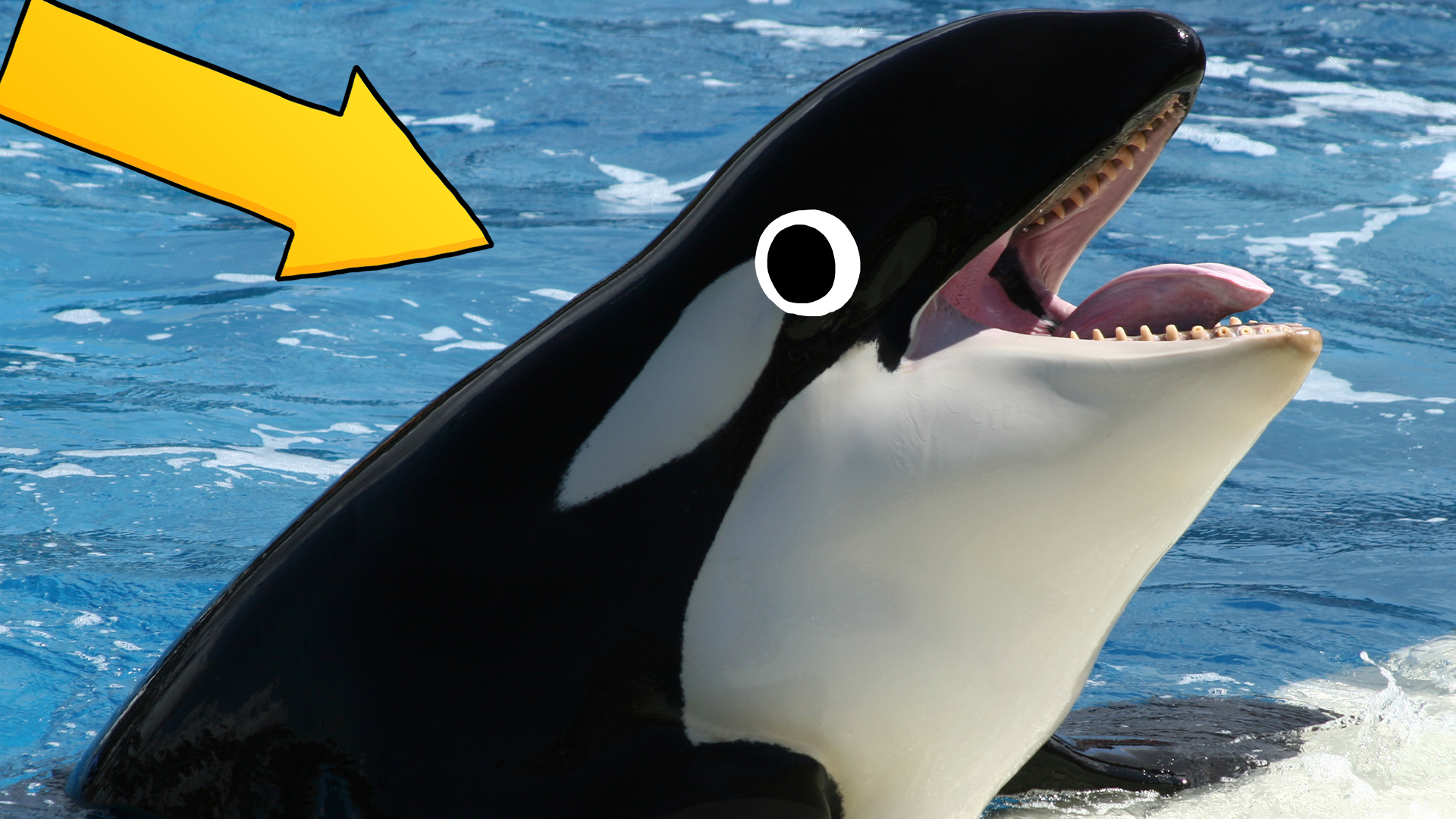
Seals might live mostly in water like fish, but they're mammals! This means they give birth to their young and also produce milk! They belong to a group of marine mammals including dolphins, whales, otters and manatees! Almost all seals live in salt water, although one lives in freshwater, and it's called, wait for it...the freshwater seal!
2. They Are Also Pinnipeds
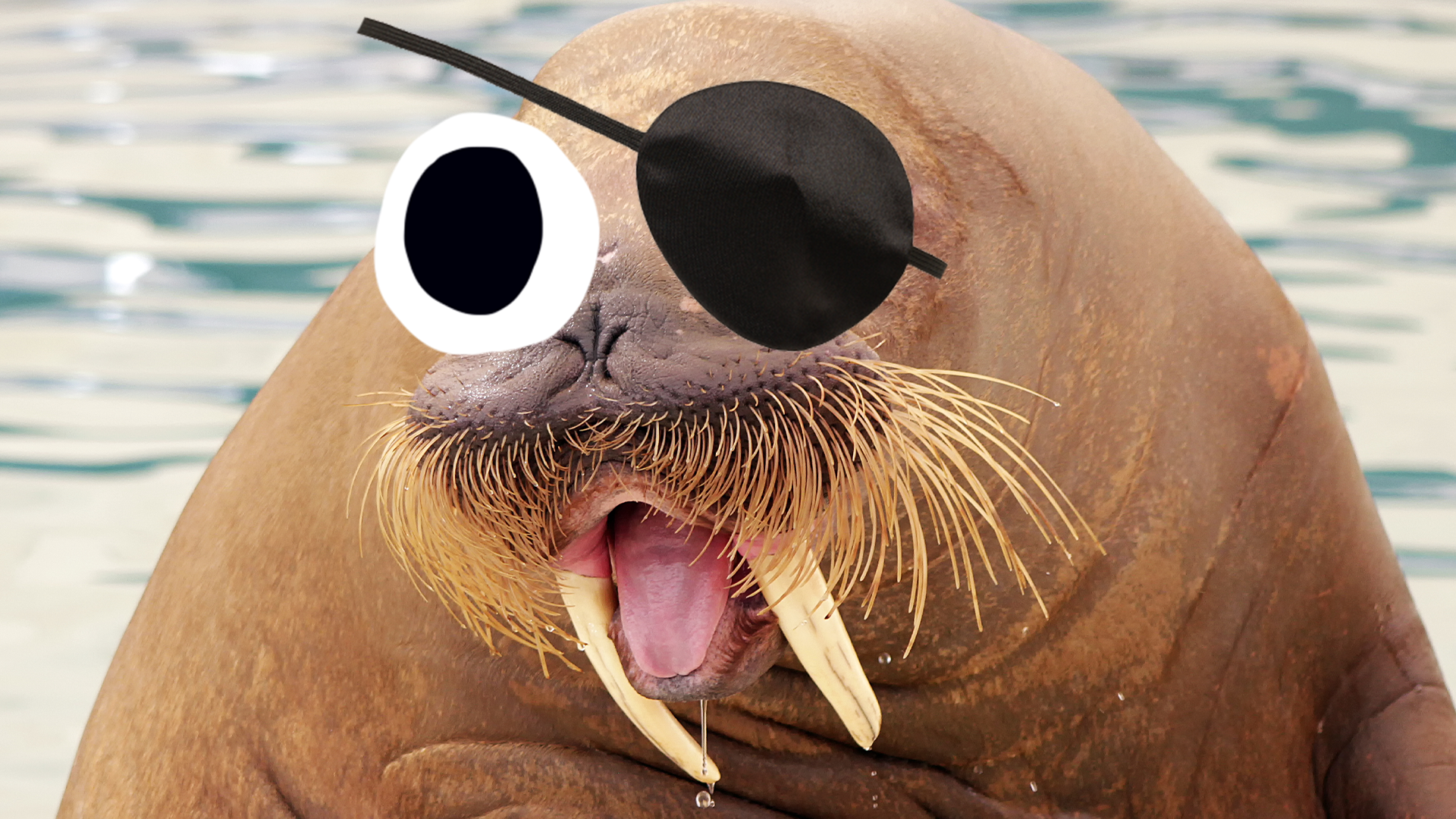
If you want to look REALLY brainy, you can tell your friends that seals are part of the pinniped family! This is a sea mammal family that includes seals, walruses and sea lions! They are also carnivores and have fins and flippers instead of feet. They feed mostly on fish and invertebrates, but bigger pinnipeds, like the leopard seal, will also eat birds like penguins!
3. They Can Sleep Underwater
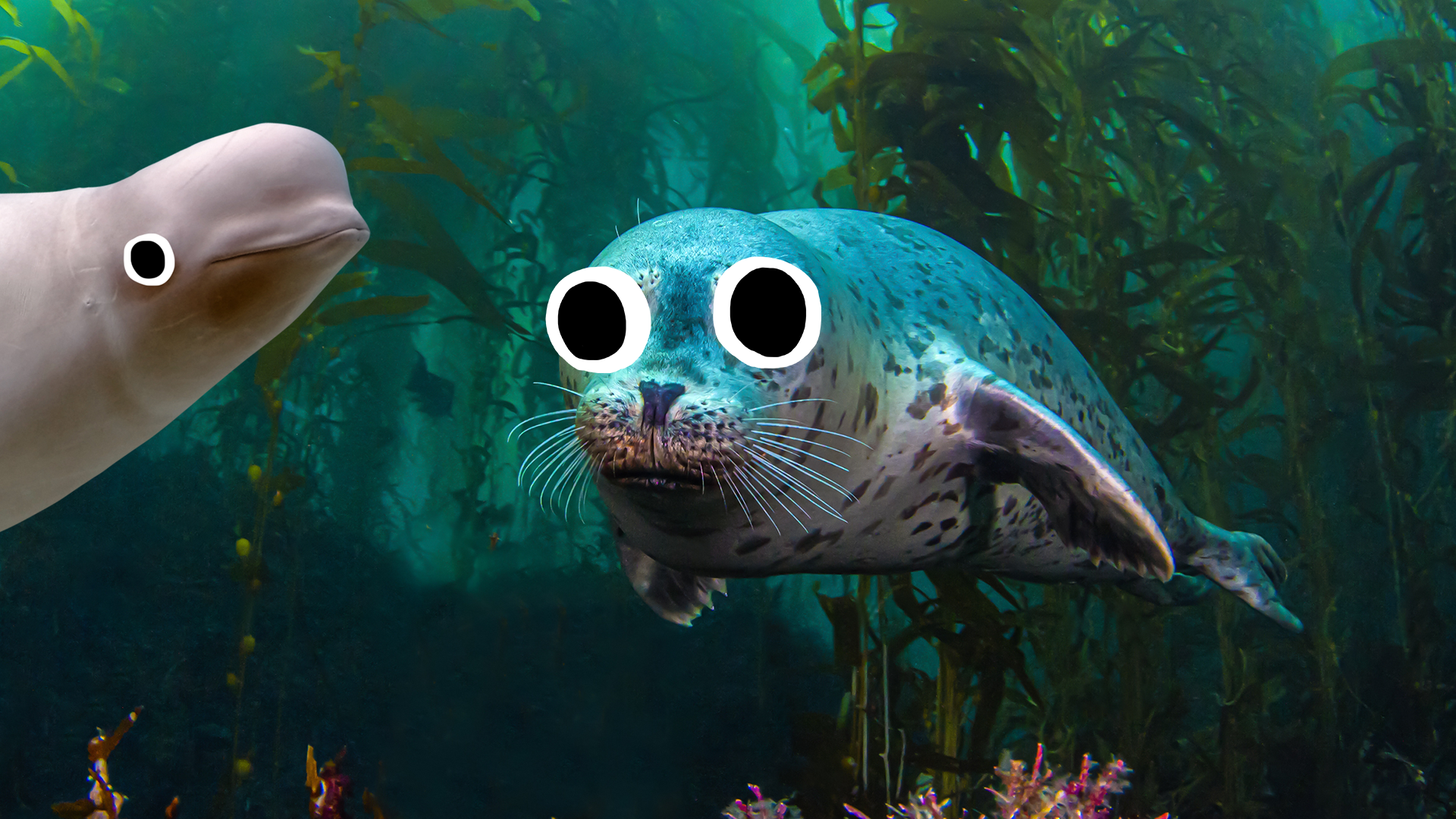
Seals divide their time between land and sea, and can sleep on both! They normally sleep for longer periods on the land, and only short bursts of about an hour underwater, before coming up for air - its thought that they sometimes sleep on the ocean floor to avoid land predators like polar bears!
4. There Are Lots of Different Species of Seal
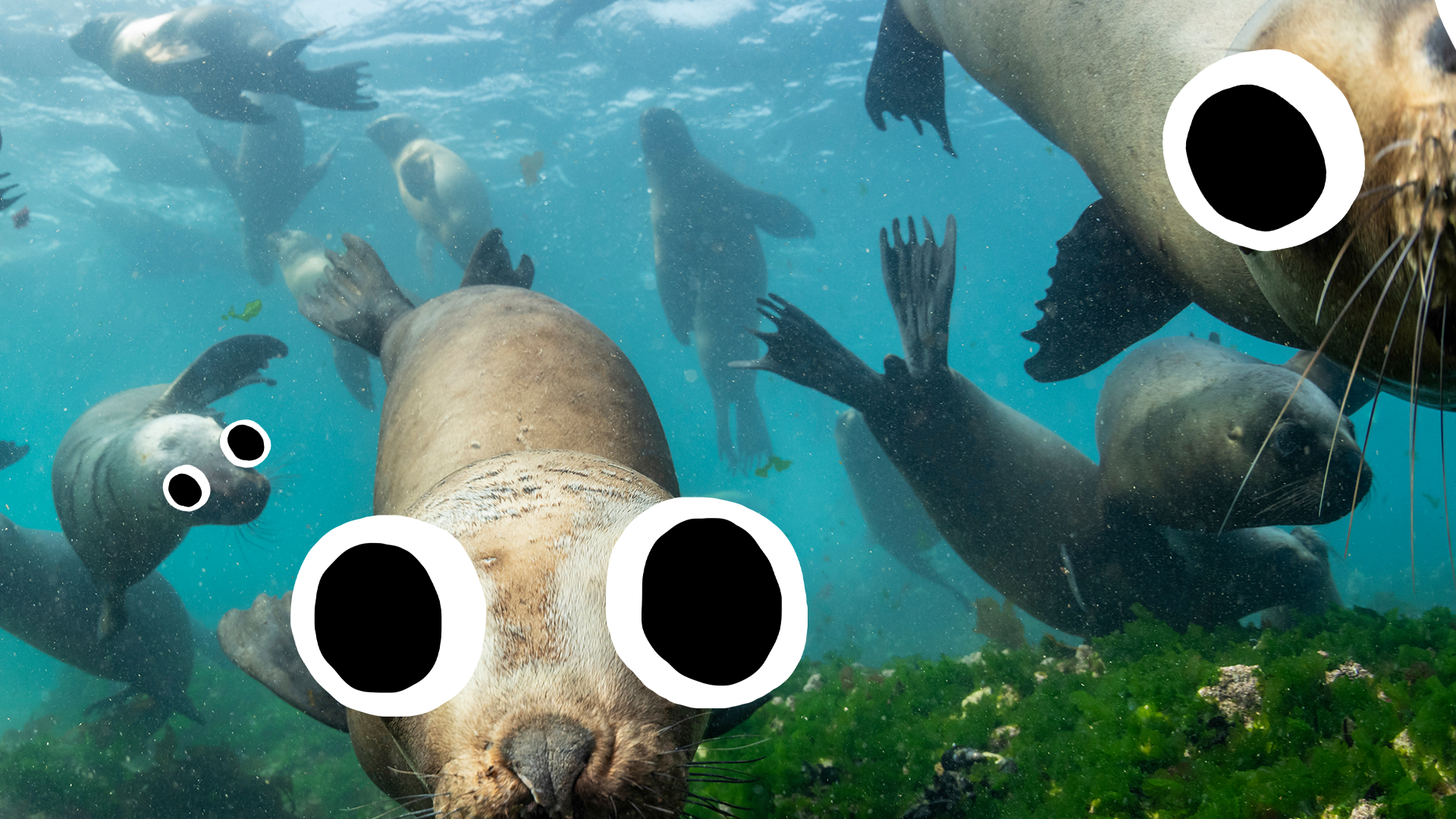
Seals come in all shapes and sizes, and vary depending on where they live. The smallest seal is the Baikal seal, which lives in Russia, and the biggest is the southern elephant seal, which can grow up to a record of 22.5 feet long! Other species of seal include the harbour seal, leopard seal, grey seal, hooded seal, monk seal and spotted seal!
5. They Can Dive Very Deep
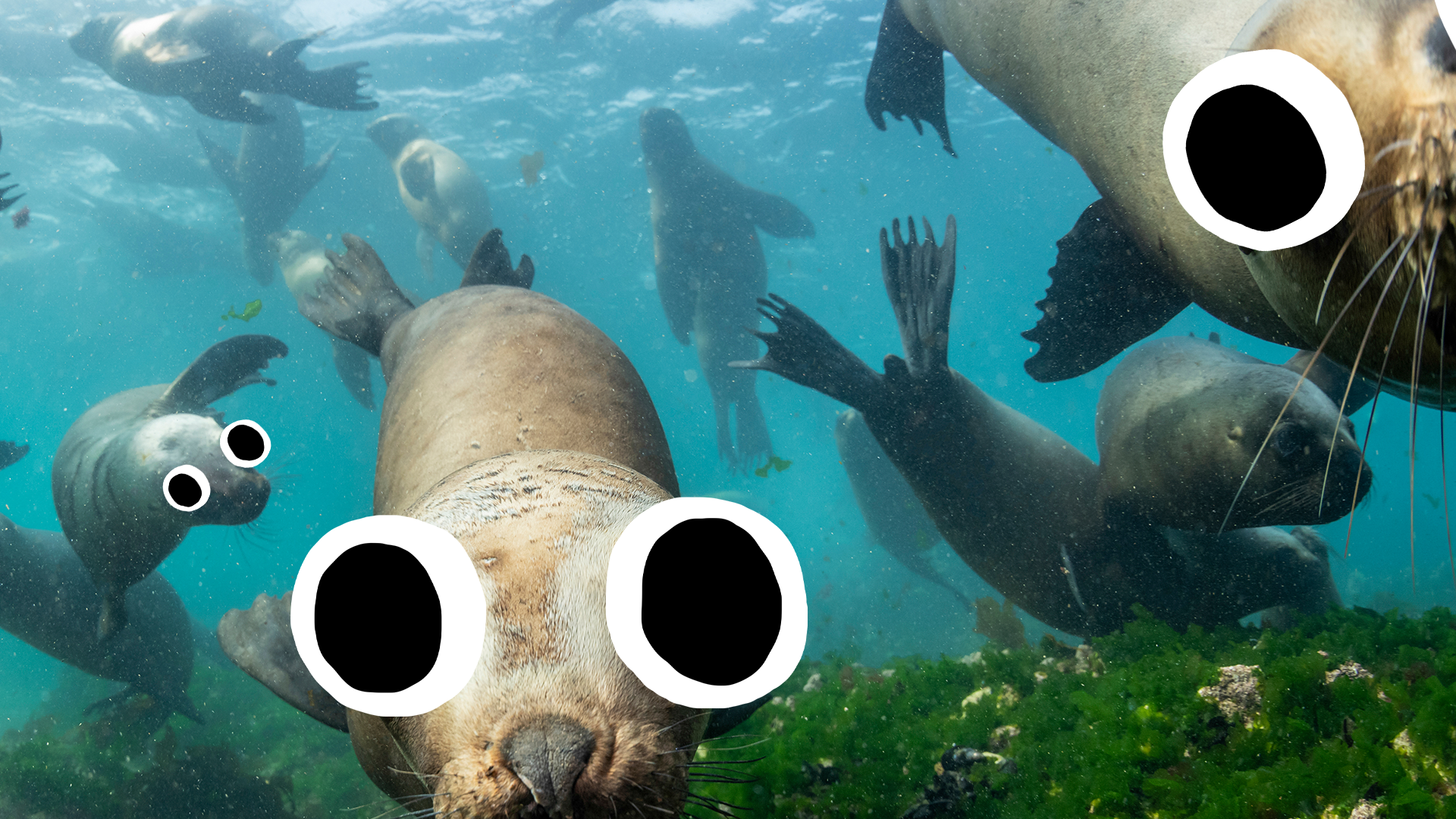
Seals feed primarily on fish and other sea creatures, and they're perfectly adapted to diving deep underwater to catch their prey. Elephant seals are able to dive to depths of as much as a mile underwater! Unlike humans, their blood and bodies are specially suited to the pressures of being so far underwater.
6. Seals Are Found All Over the World
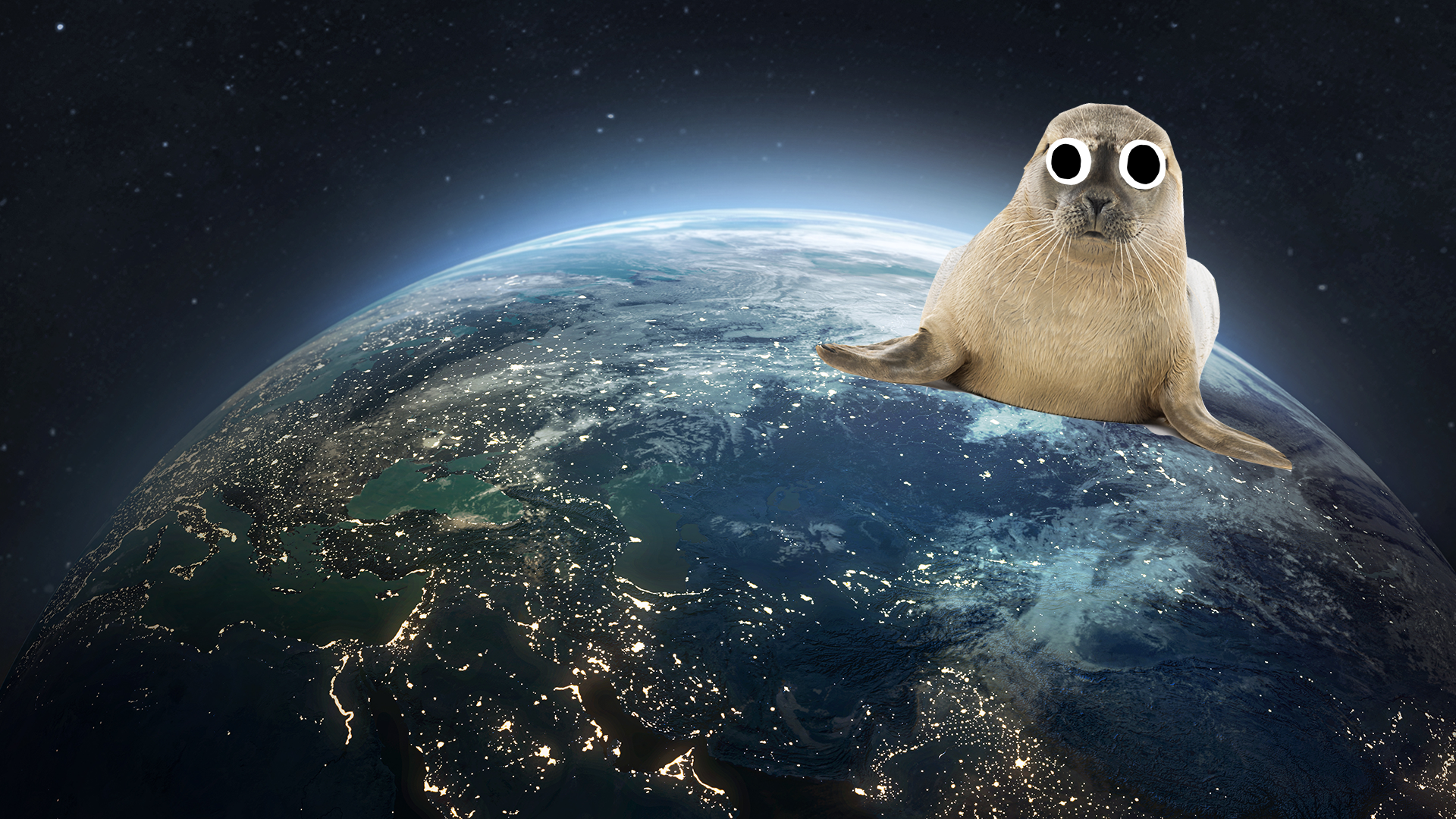
Seals live in lots of different places, including North America, Russia, New Zealand, the UK, Iceland and Scandinavia! In fact, if you come from a cold country, chances are seals live on your coast! Most seals live either in the Arctic or the Antarctic, and prefer these colder waters - there is only one species of tropical seal, the monk seal!
7. They Don't Drink Water
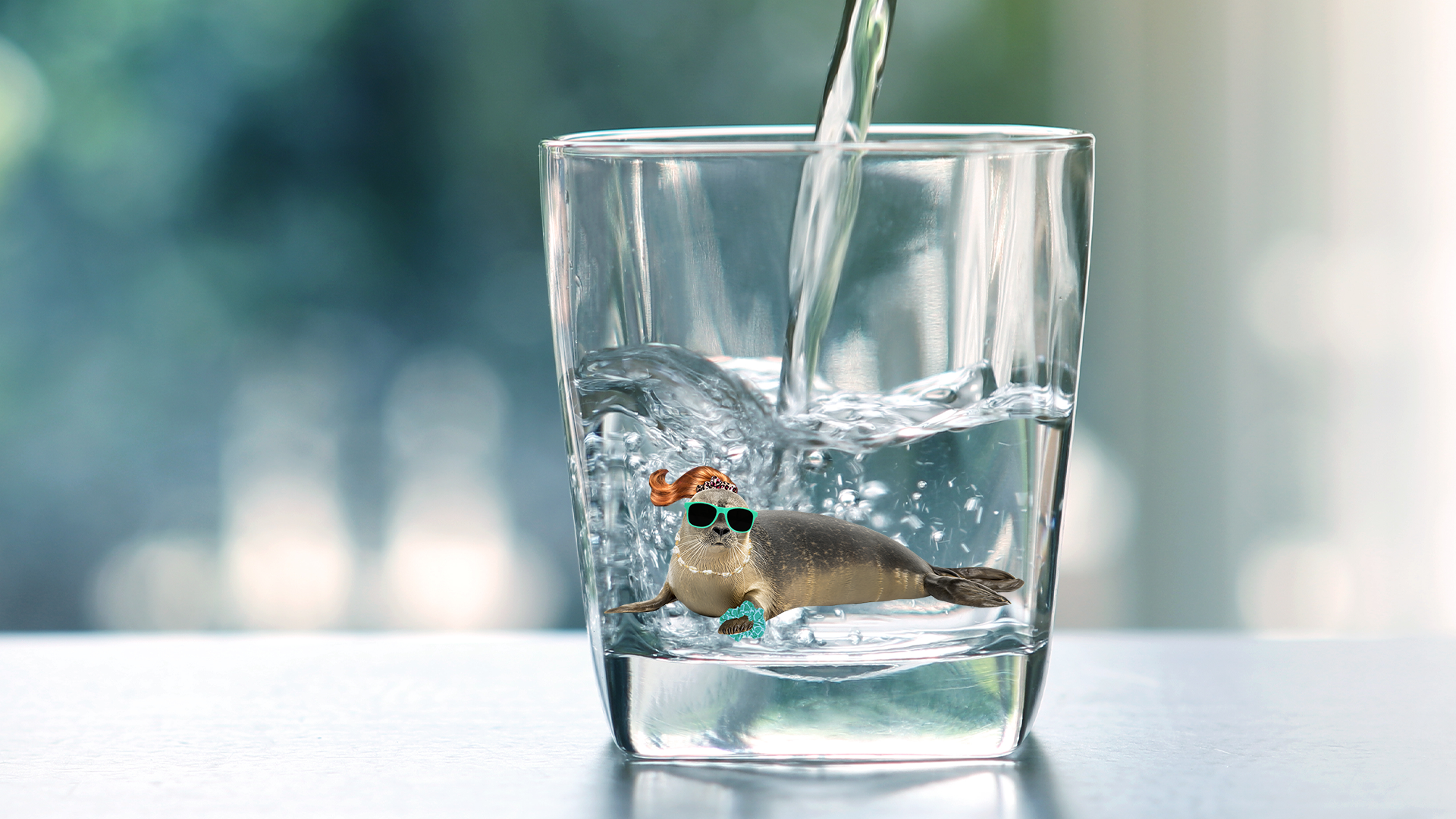
Although seals need water and spend most of their time in it, they don't actually drink it! Most seals only have access to salt water, which is very bad for them, and dangerous to drink. Instead, they get most of their water from the food they eat! Clever!
8. They Can Get Pretty Scary
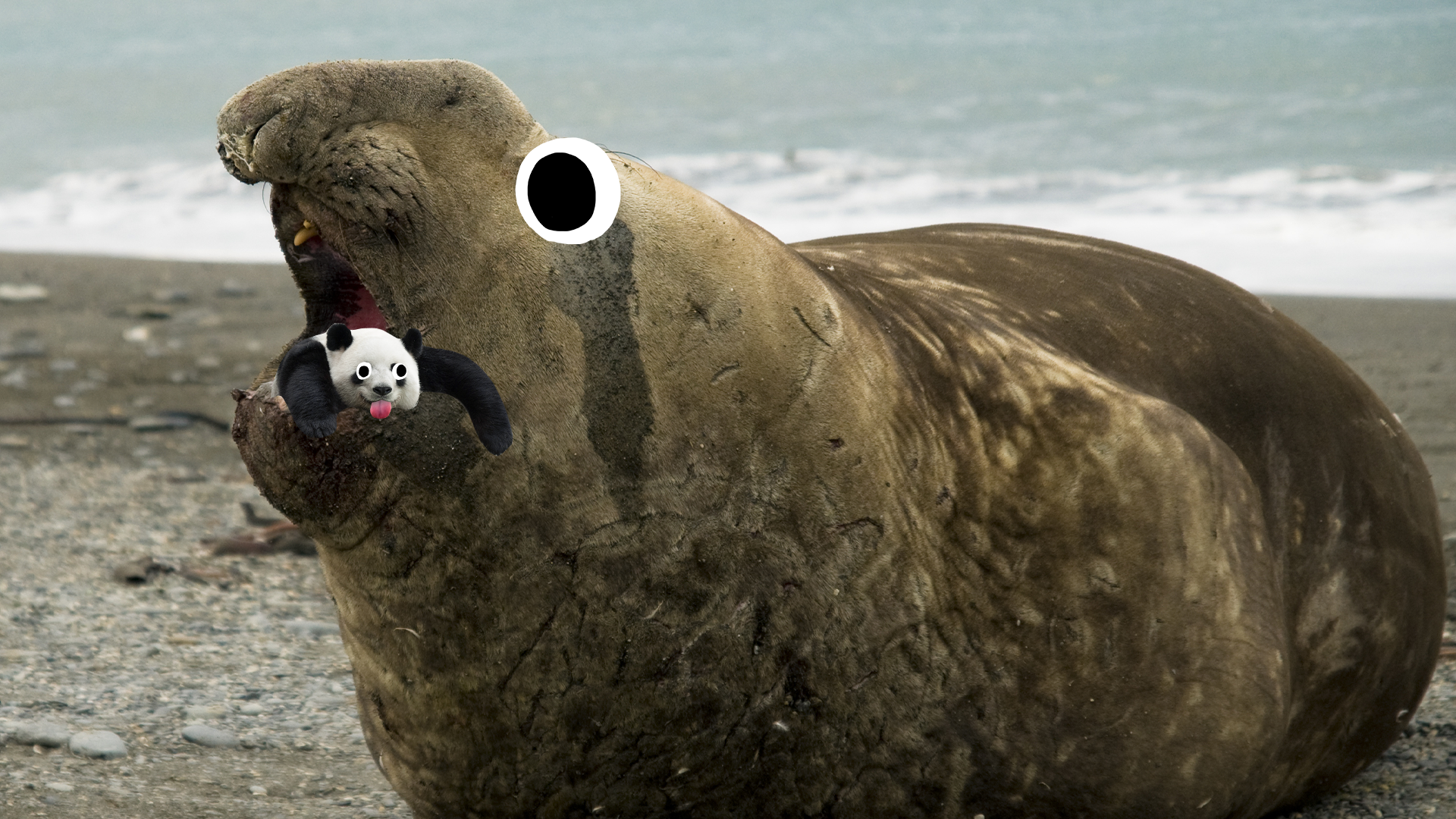
Lots of seals look really cute and cuddly, but beware! You don't want to go near them when they're annoyed! In particular, leopard seals are well known for being aggressive - they will use their sharp teeth to attack other seals and marine creatures, and mostly work alone. What's worse, they will even prey on the seal pups of other types of seal! Yikes! There are records of leopard seals attacking humans too, so keep away!
9. Seals Are Related to Bears
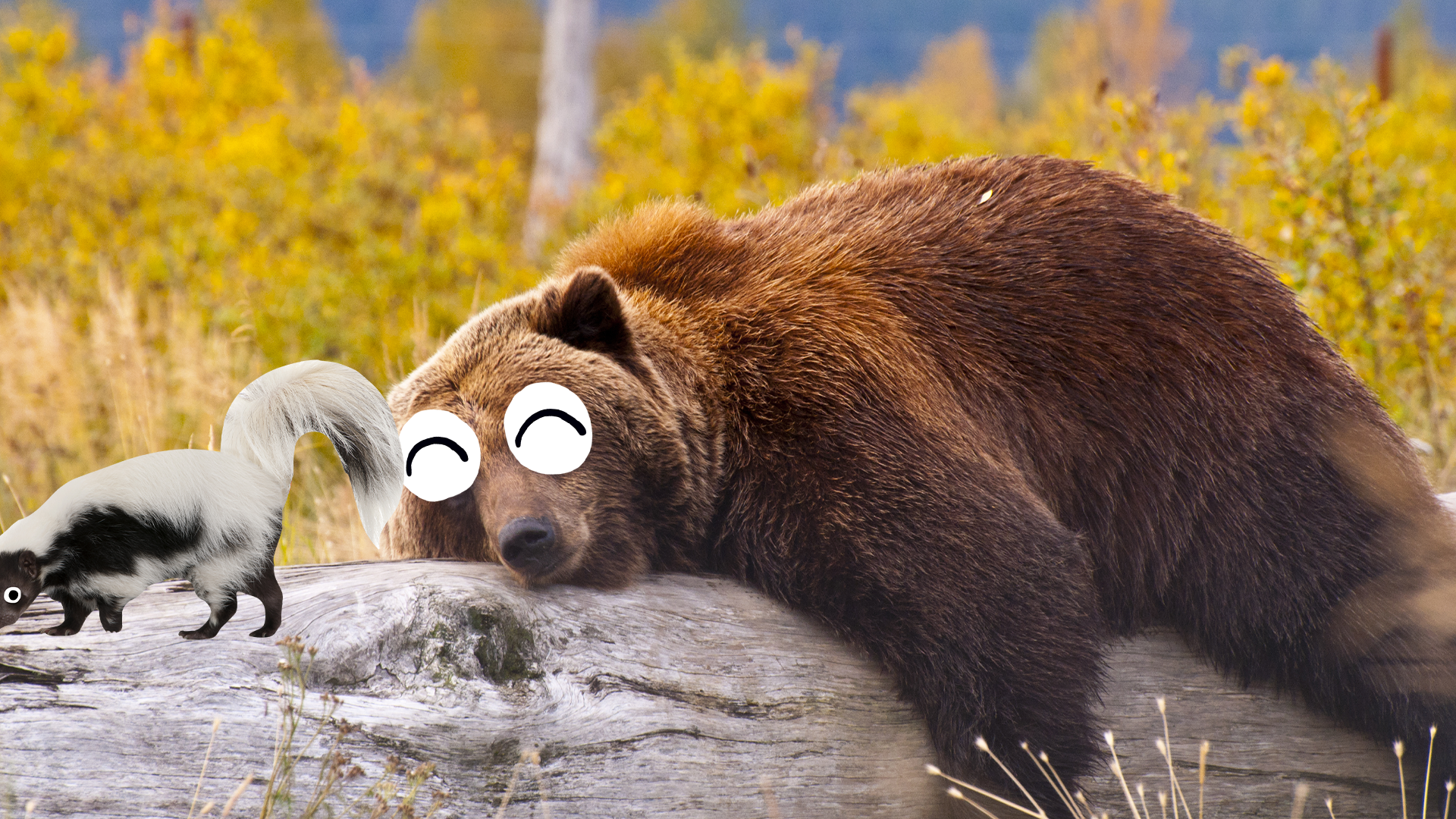
Wait, what? Bears? Land bears? Yes! Millions of years ago (about 40 million, to be precise), bears and seals are thought to have had a common ancestor, and today the closest living relative to the bear is still the seal! Wild! They are all part of mammal family called caniformia, which basically means they are all a bit dog-like, and also includes raccoons, skunks and weasels.
10. Seal Pups and Their Mums Have a Special Bond
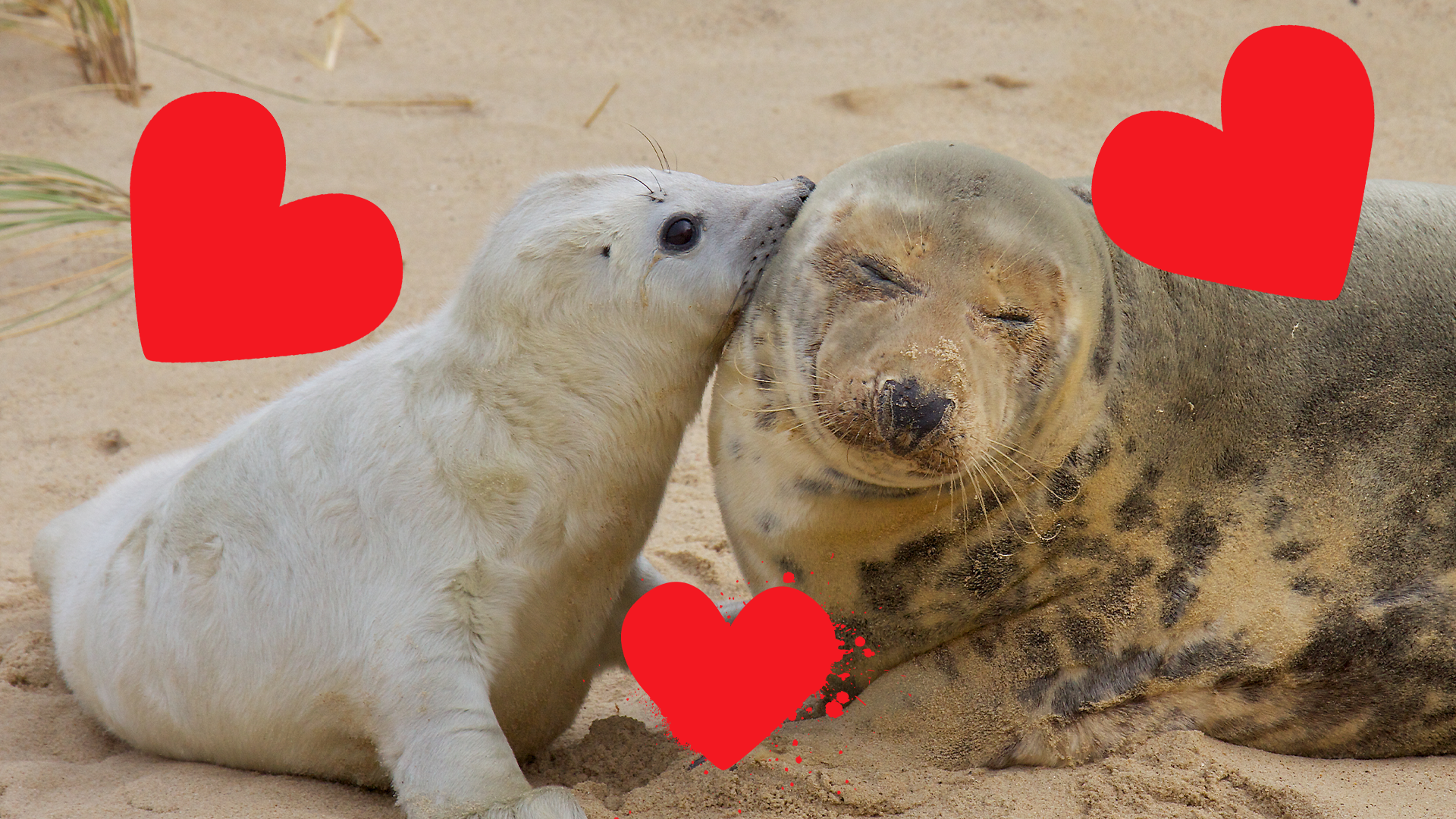
Seal pups are very close to their mums: after birth, the mum will memorise her pup's scent so she can find them if they get lost. They stay with their mum for about 4-6 weeks before being weaned off milk and going out on their own.
11. They Are Very Intelligent
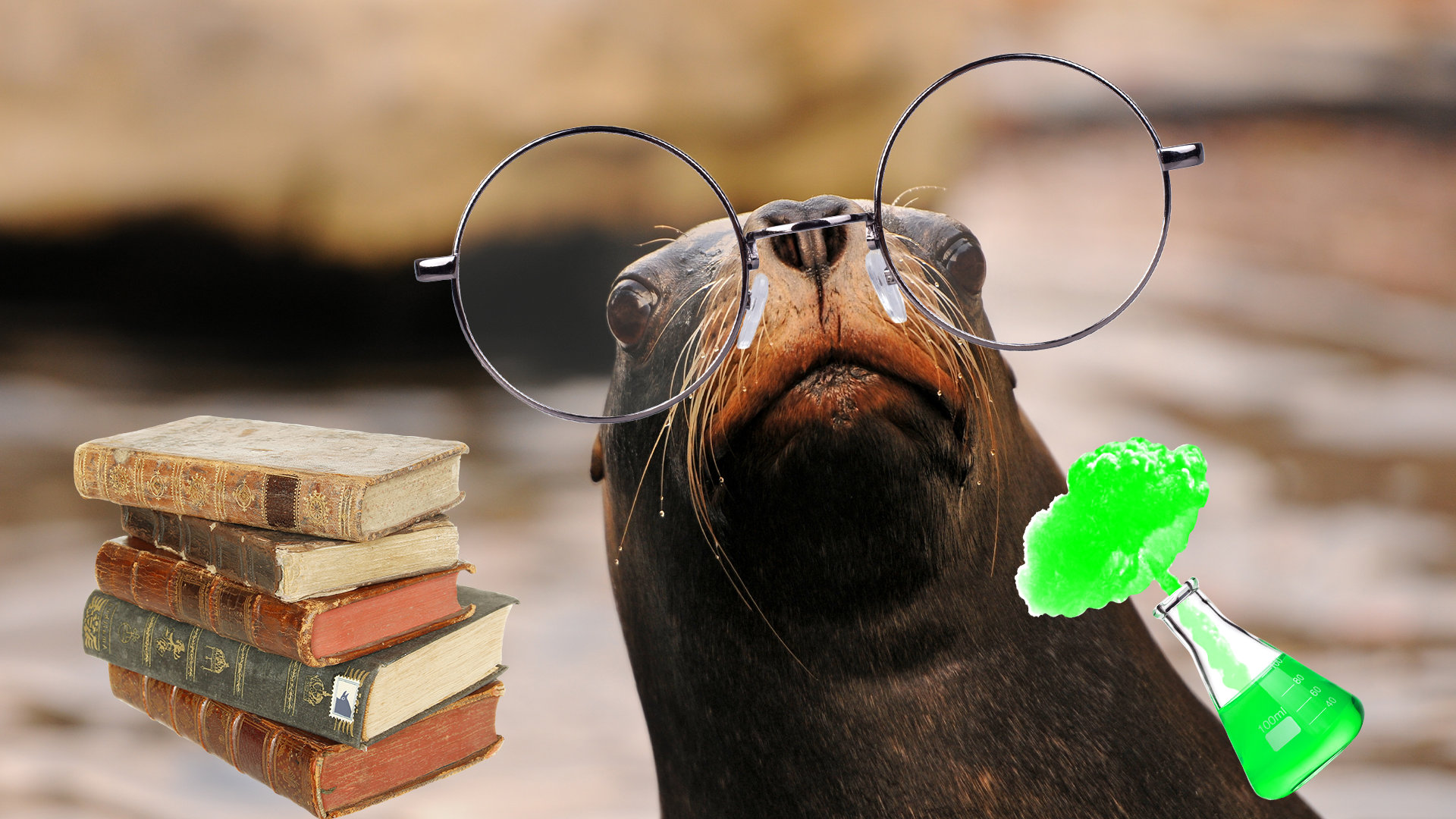
Seals are clever! Not only can they be taught to do tricks in captivity, like balancing a ball or clapping for fish, they are highly curious animals who are good at navigating, and can use sound-emitting sensors to find fish and other prey. They can also switch up their food if one supply is running short, and there's even one case of a seal coming to the rescue when a dog was drowning!
12. Seals are Warm Blooded
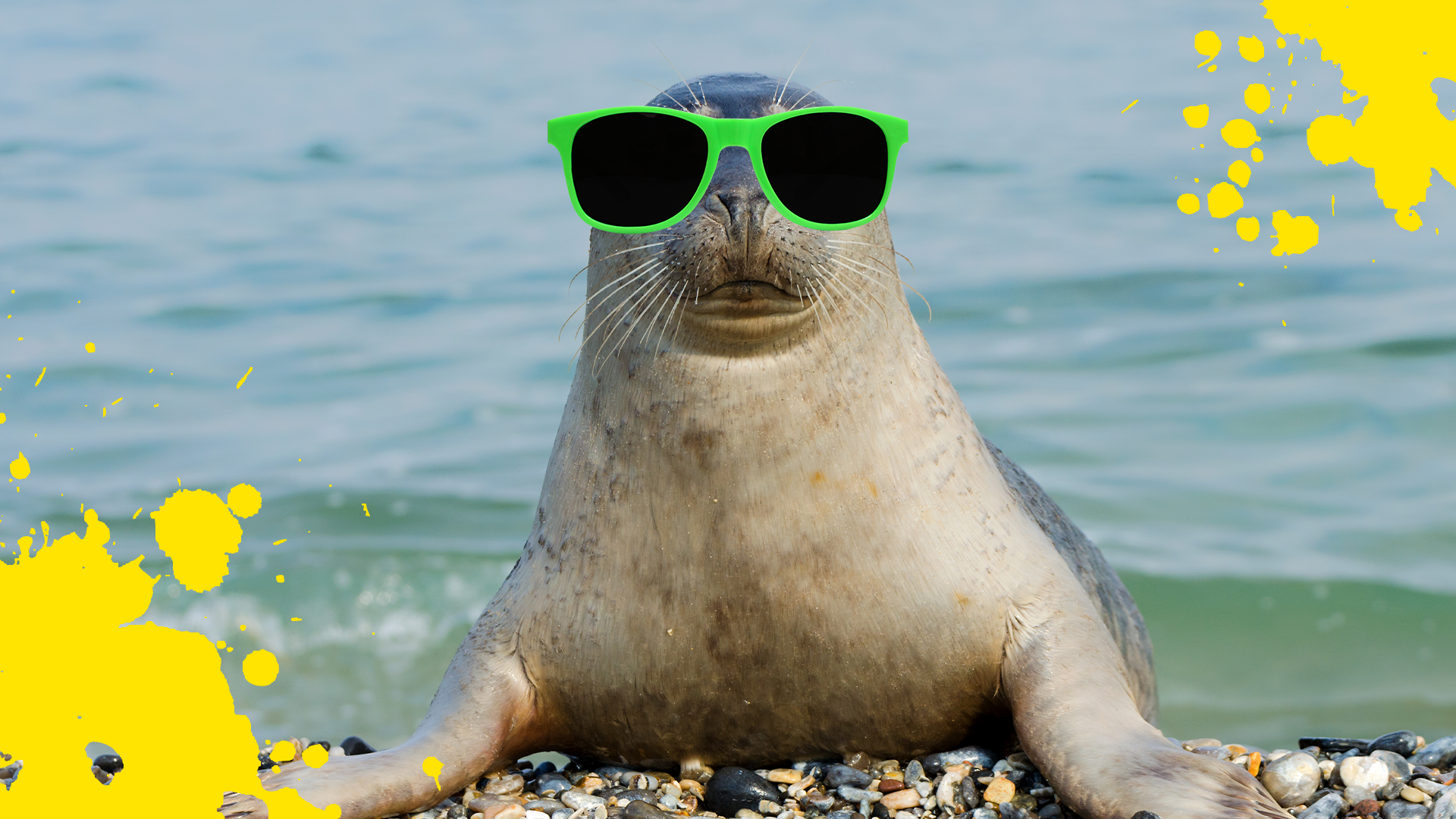
While it might seems more natural to be cold blooded, like fish, seals are mammals and therefore warm blooded. But this doesn't stop them living in cold temperatures - they have a thick layer of blubber (fat) under their skin to protect them from harsh weather. And of course, they have a nice fluffy coat too!
13. They Can Travel Huge Distances
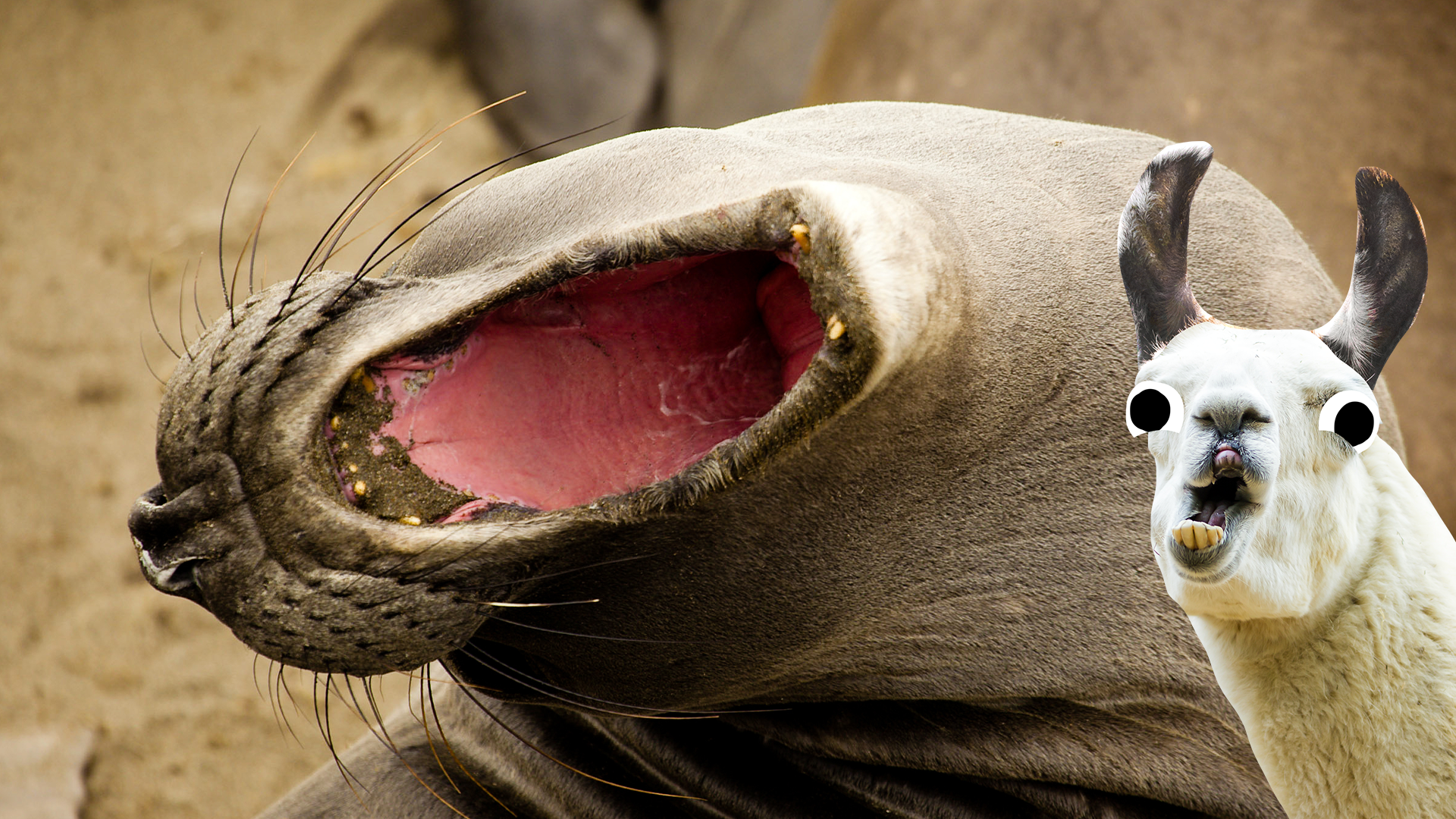
Many types of seals cover huge distances when hunting for food, such as the grey seal, which often travels up to 100km. Seals prefer to stick to the coasts and edges of land when they can. Many seals even migrate - the fur seal and the elephant seal both travel up to 6,000 miles!
14. There Are Lots of Myths About Seals
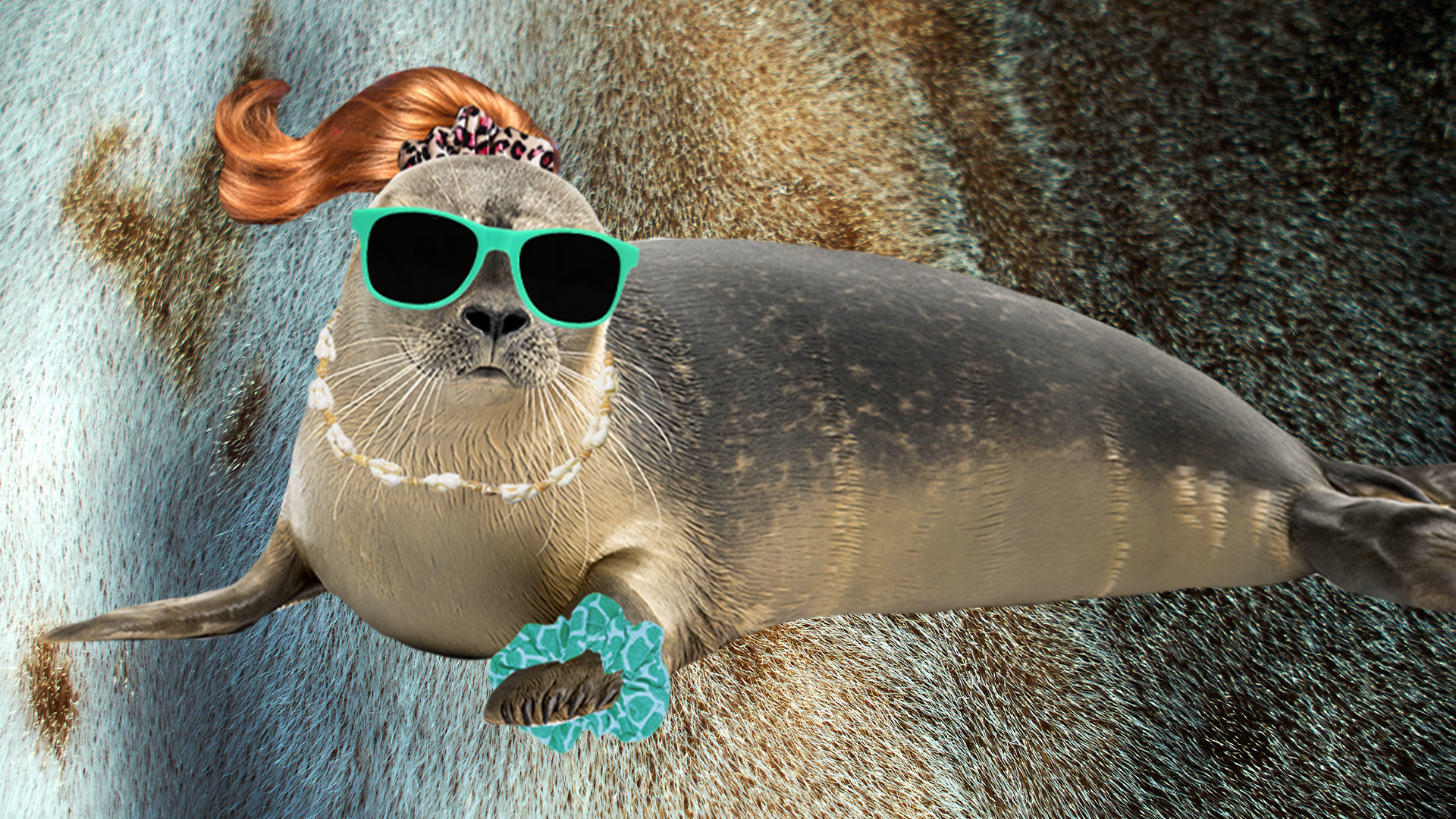
Seals have been part of human culture and stories for thousands of years. In Scottish mythology, the 'Selkie' is a mythical being who appears in the shape of a seal in the sea and a woman on land. Fishermen will often try to steal a selkie's seal skin so she has to stay on land and marry him (He could just ask nicely!) But when the selkie finds her skin, she will always return to the sea. In Inuit legends in North America, the goddess Sedna is often seen in the form of a seal or a mermaid, who has domain over all sea mammals, including seals. Seals represent purity and innocent in Inuit culture.
15. They Are Endangered
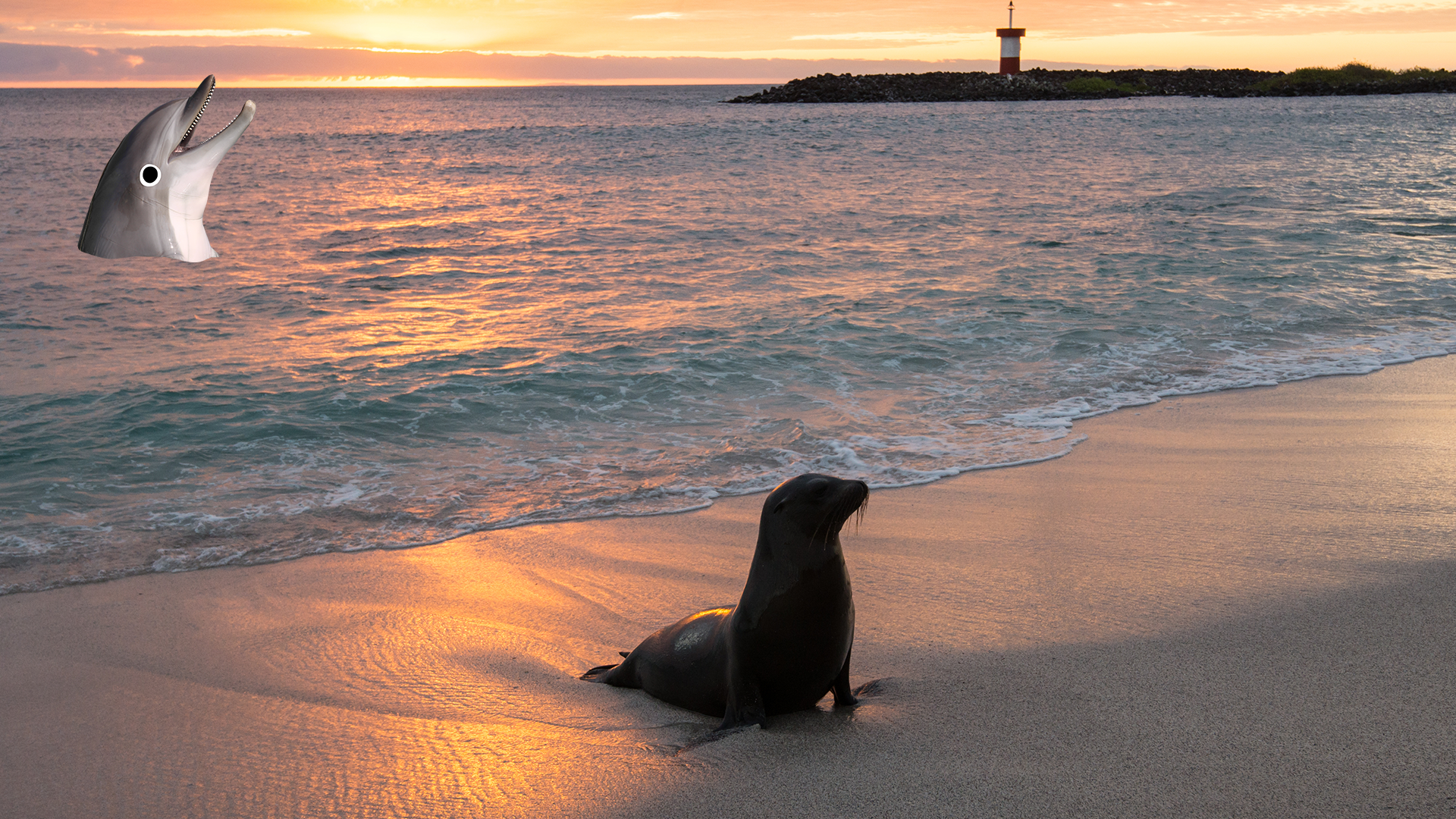
Seals are under threat from lots of different things. As well as being hunted in some cultures for their meat and skin, seals are also under threat from pollution, fishing, toxic chemicals in the water and climate change. Warmer water temperature mean that prey isn't always available. They are also the prey of other marine mammals like whales and other seals. There might be a charity near you that helps protect seals for the future - why not do some research and see how you can help?















